
Scientific name: Megaptera novaeangliae
Size: Up to 58 feet
Color: Dorsal face dark gray or black, white ventral side
Distinguishing feature: Hump at the base of the dorsal fin. Very large pectoral fins of about 13.2 feet.
Where did we see it: French polynesia, Mayotte
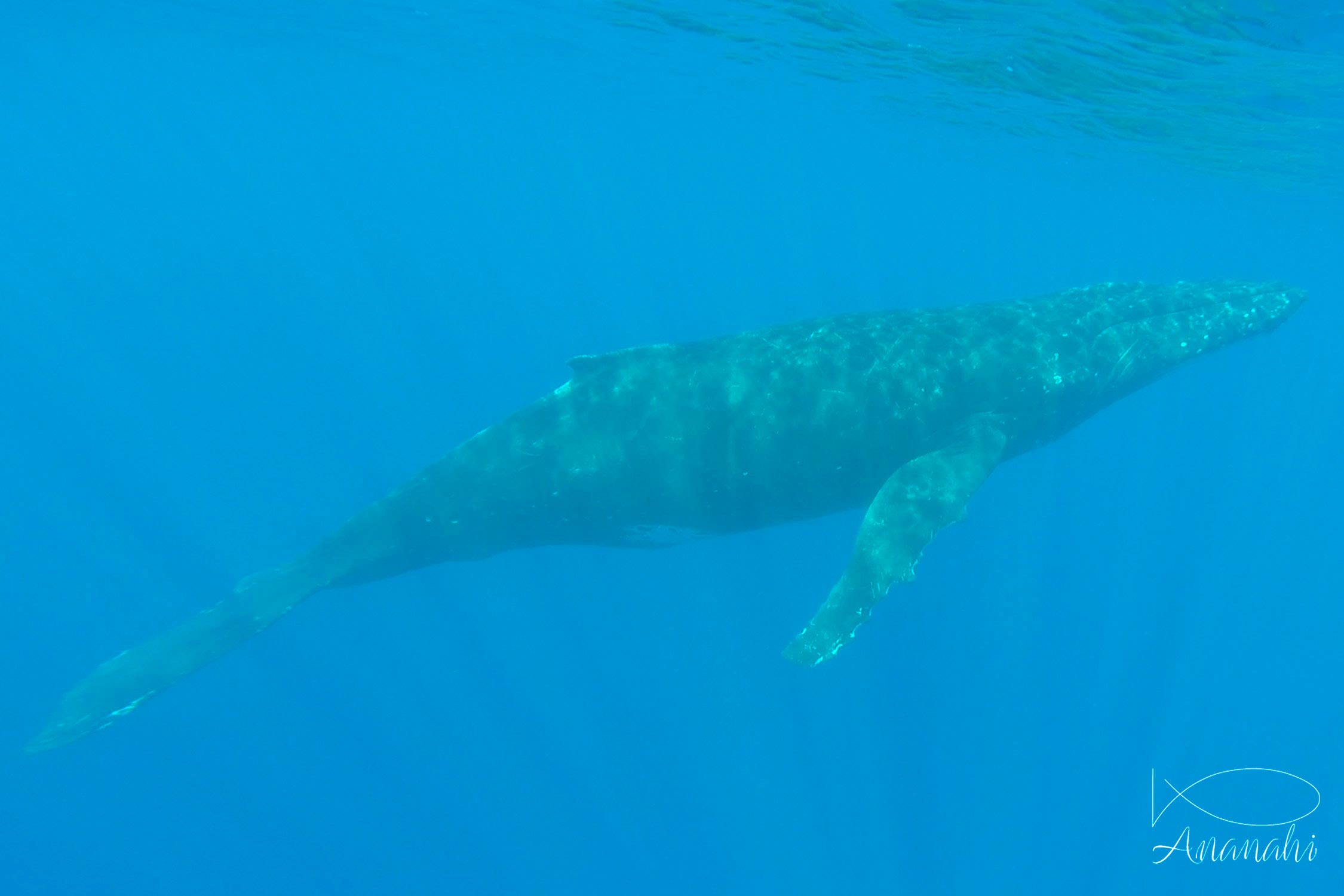
Scientific name: Megaptera novaeangliae
Size: Up to 58 feet
Color: Dorsal face dark gray or black, white ventral side
Distinguishing feature: Hump at the base of the dorsal fin. Very large pectoral fins of about 13.2 feet.
Where did we see it: French polynesia, Mayotte
The humpback whale feeds mainly on herring, mackerel, sardines and grills (plankton) and can weigh up to 40 tonnes.
She has apneas between 15 and 25 minutes and can go down to 650 feet. Its cruising speed is 5 miles / h and it can make sprints up to 12.5 miles / h.
The sound of whales is one of the most studied now, without knowing what it is used for. It could (but maybe this is not the case) be linked to reproduction: a hypothesis is that of a song of males to conquer females. Another would be a means of conversation and an identity of the whale (the song would be different from one whale to another and allow them to recognize each other).
Jump in water is very regulated thanks to a charter of the whale, in the world very few place really have the right to do it, thank you to inform you well on it!
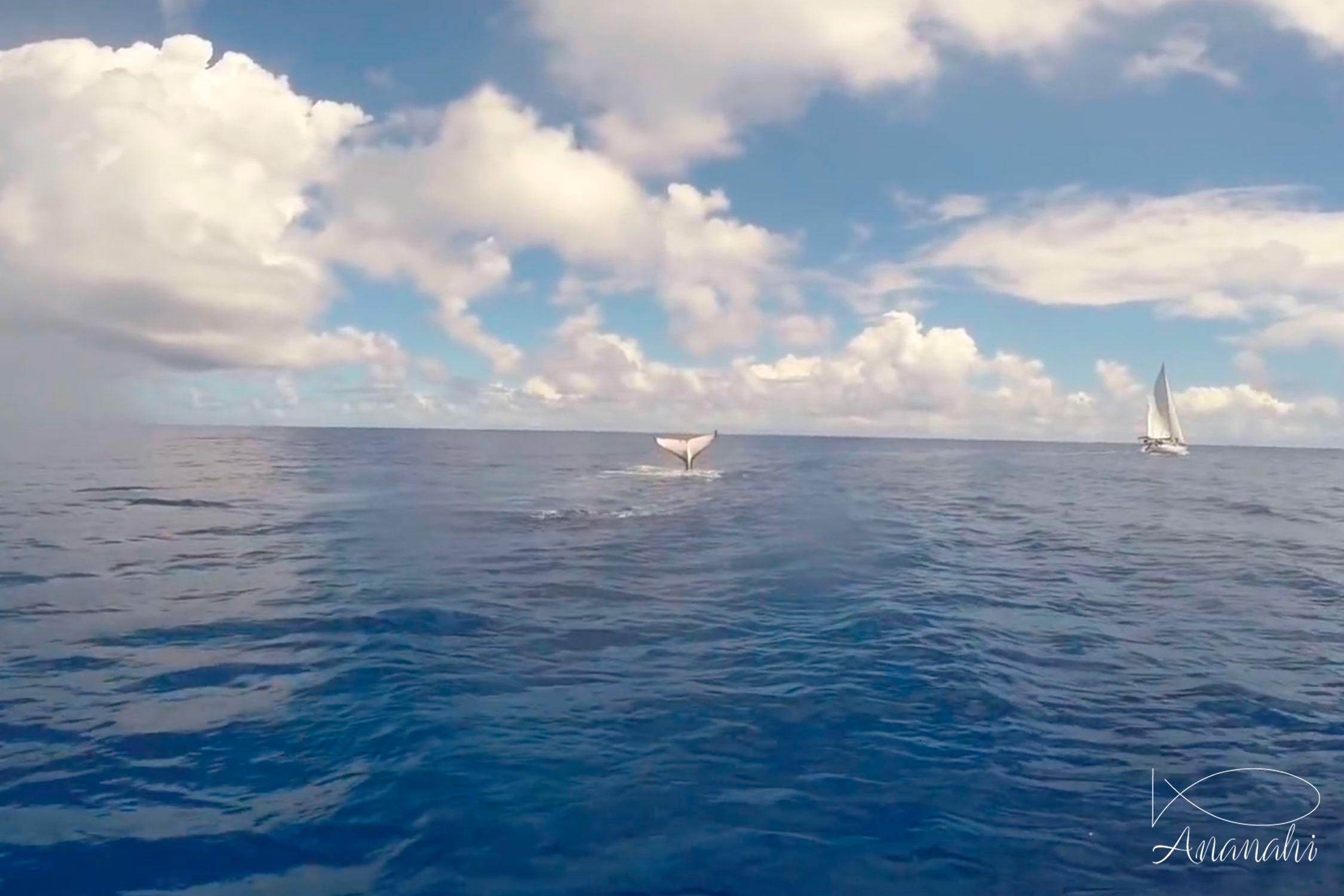

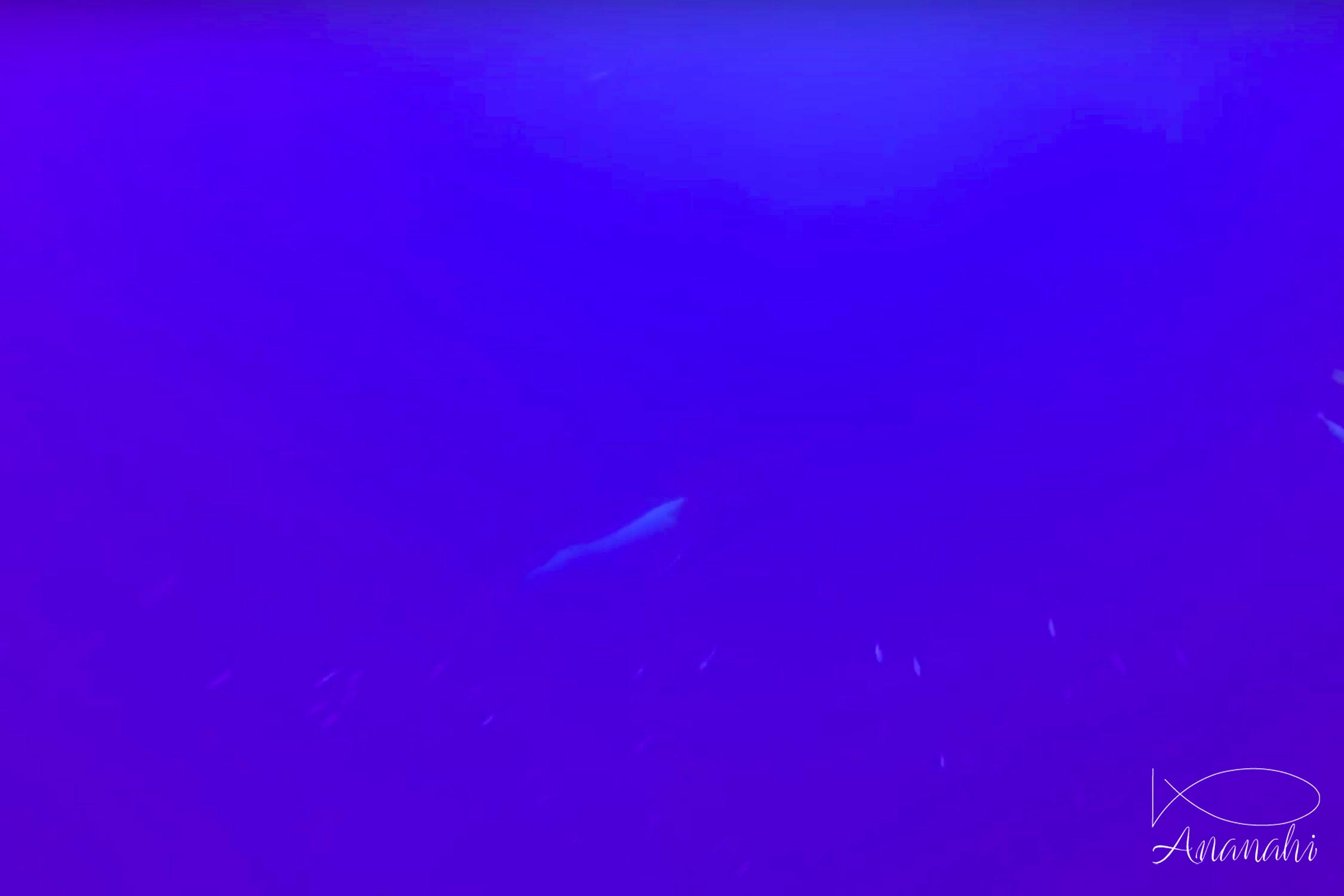


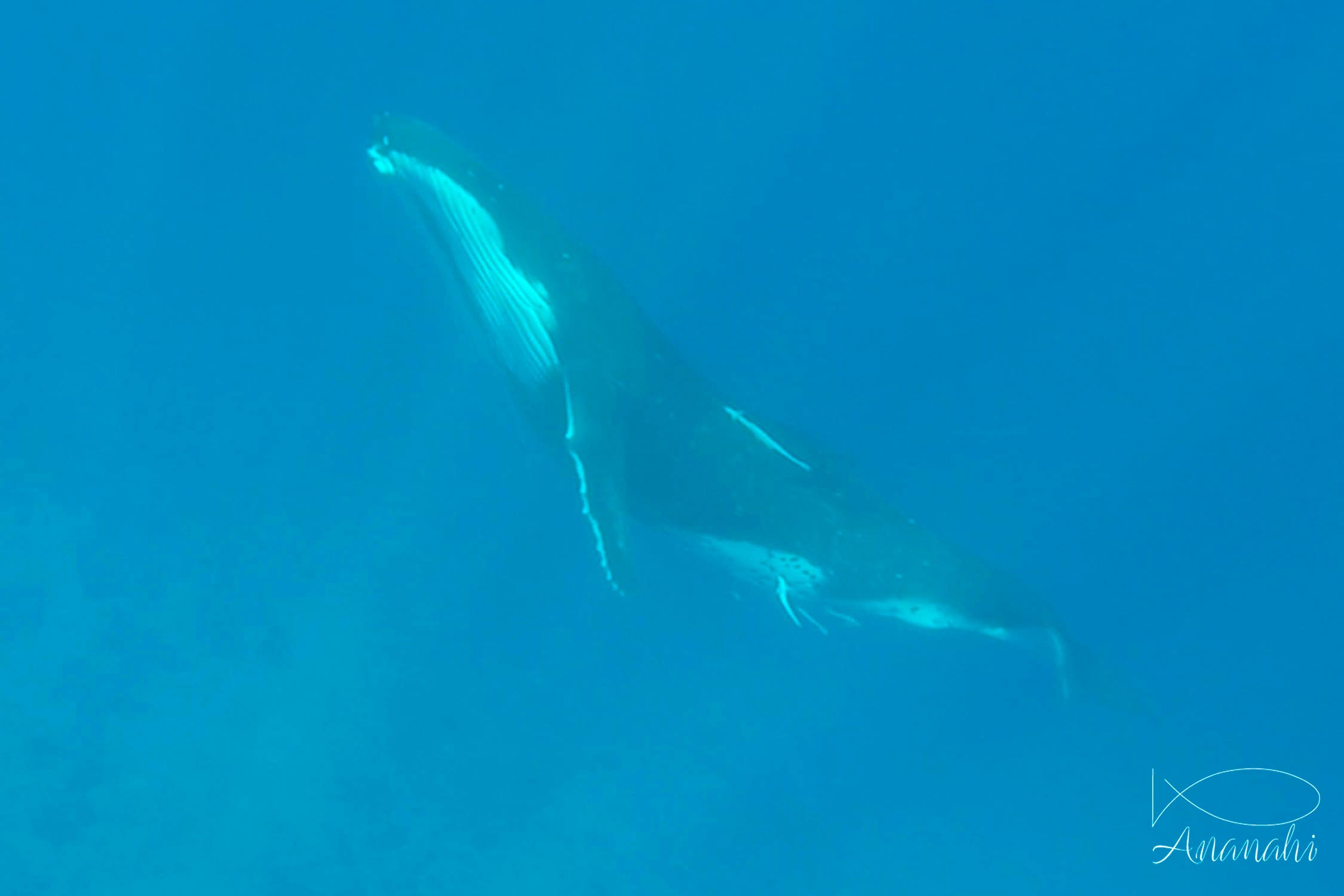
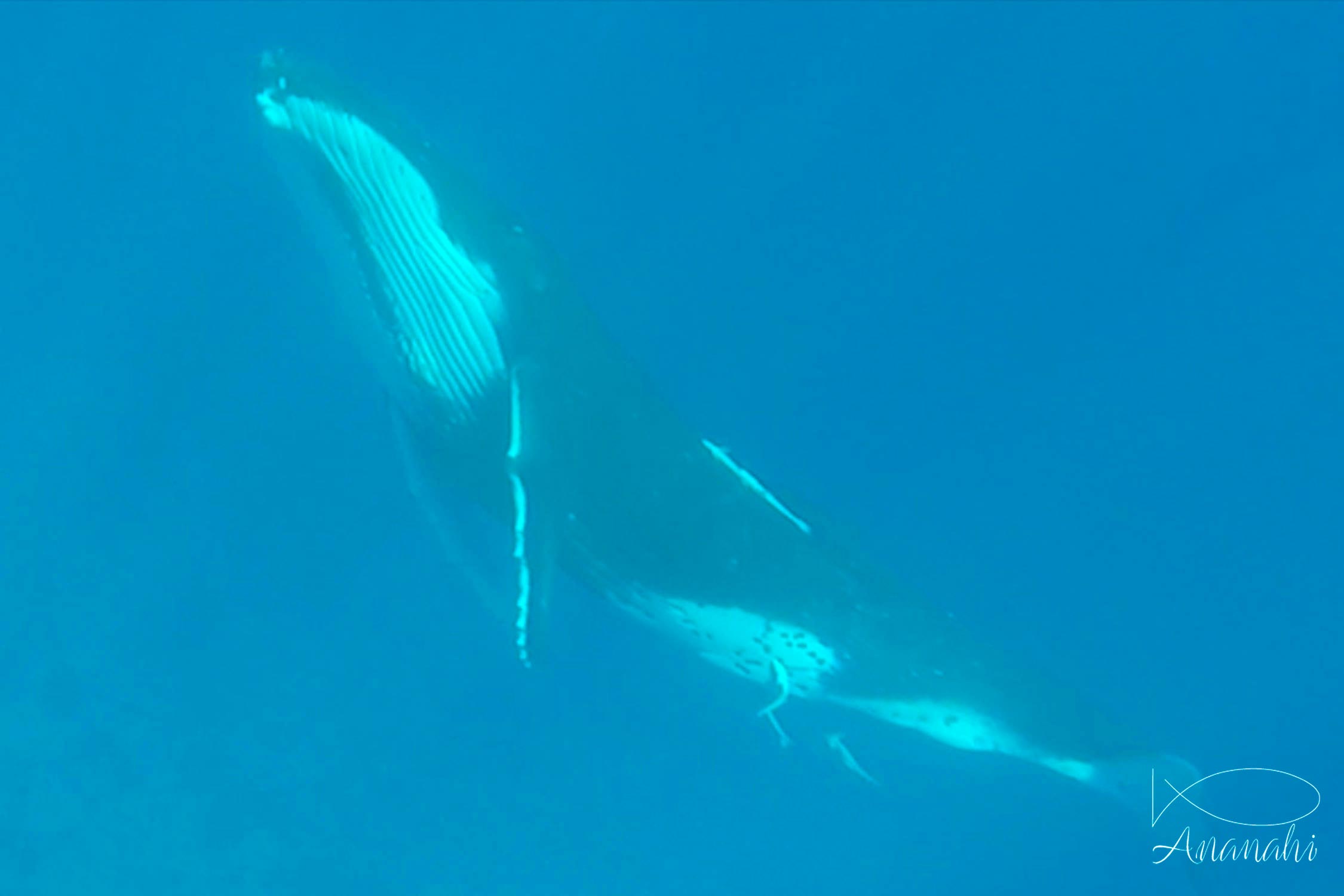
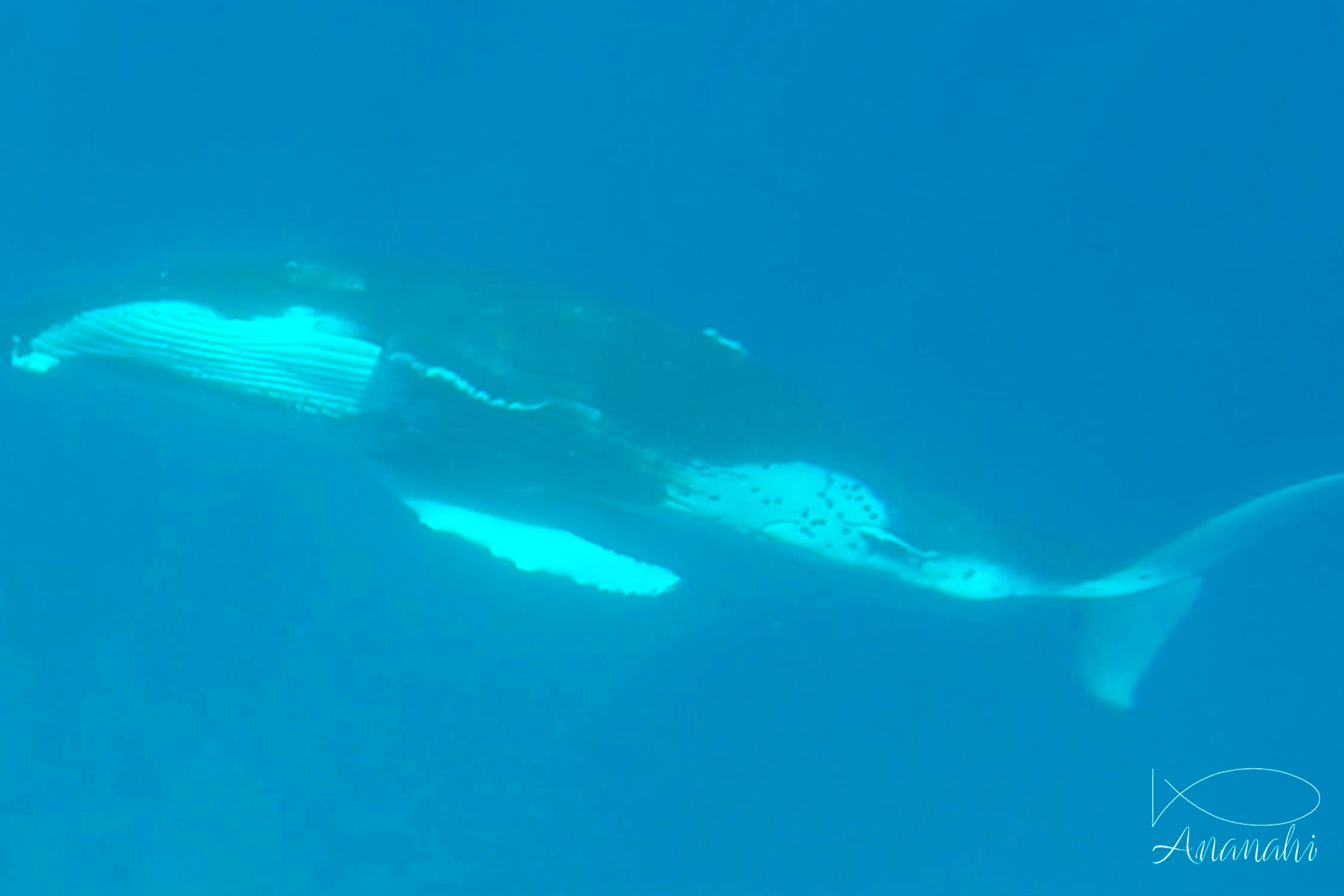
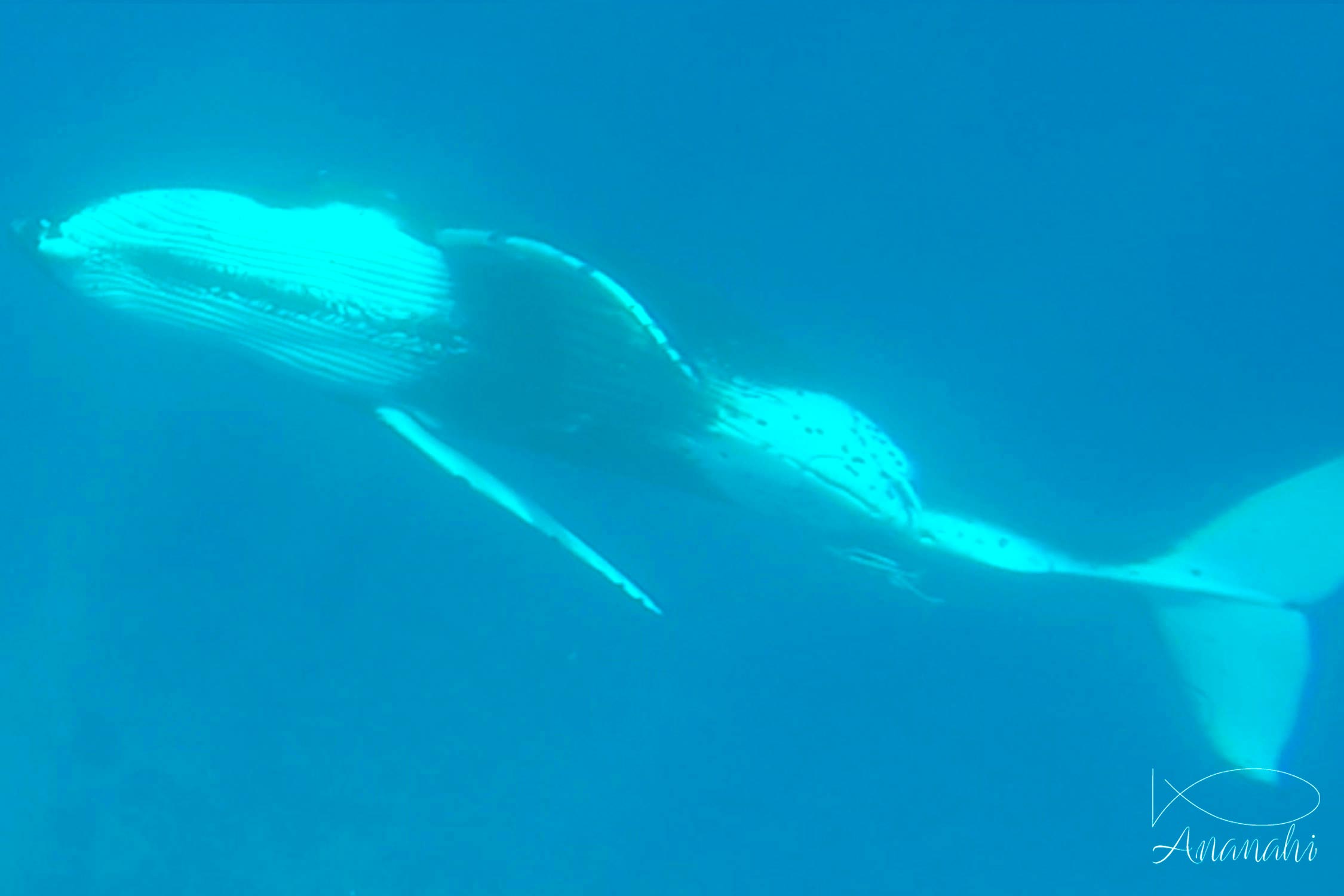
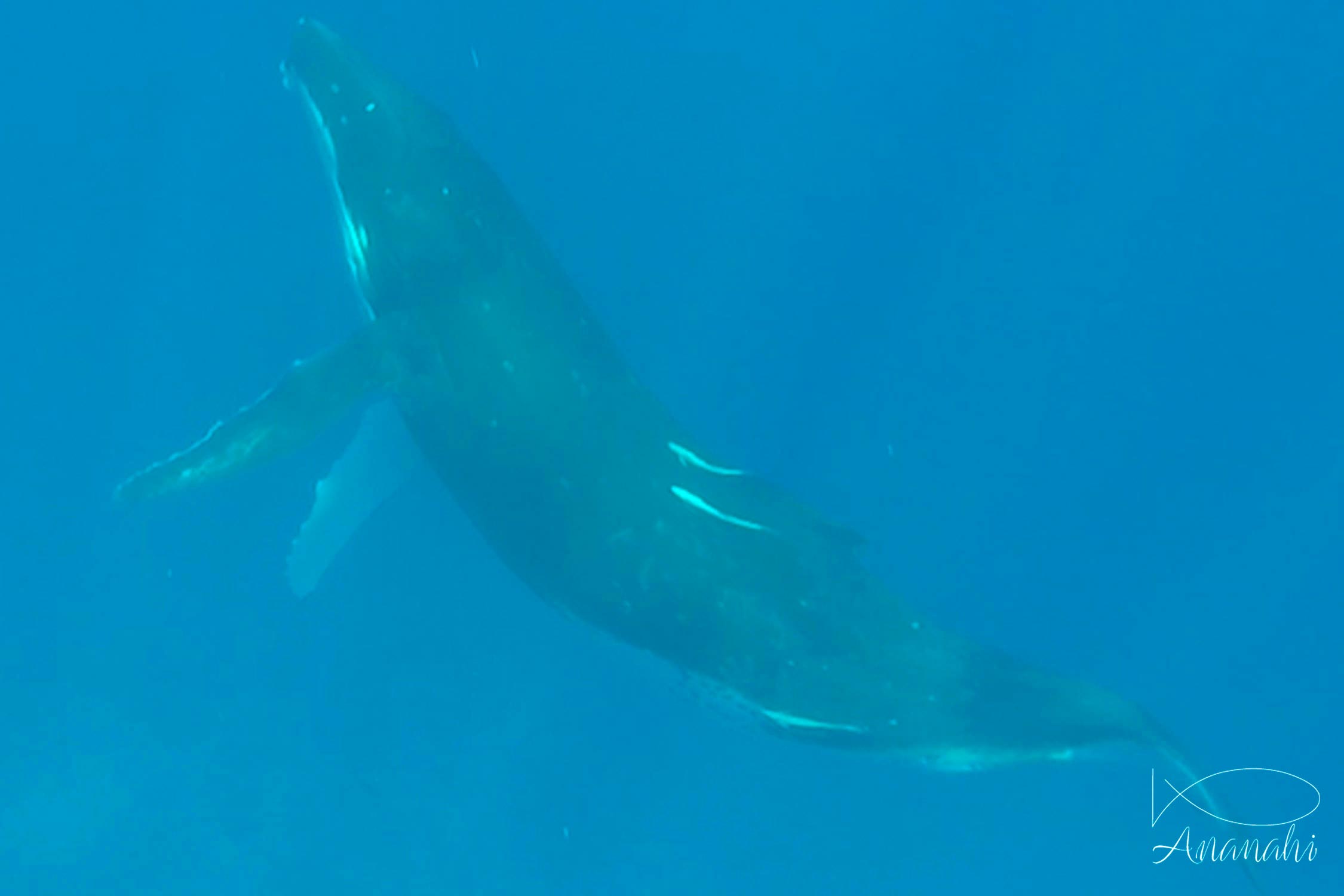
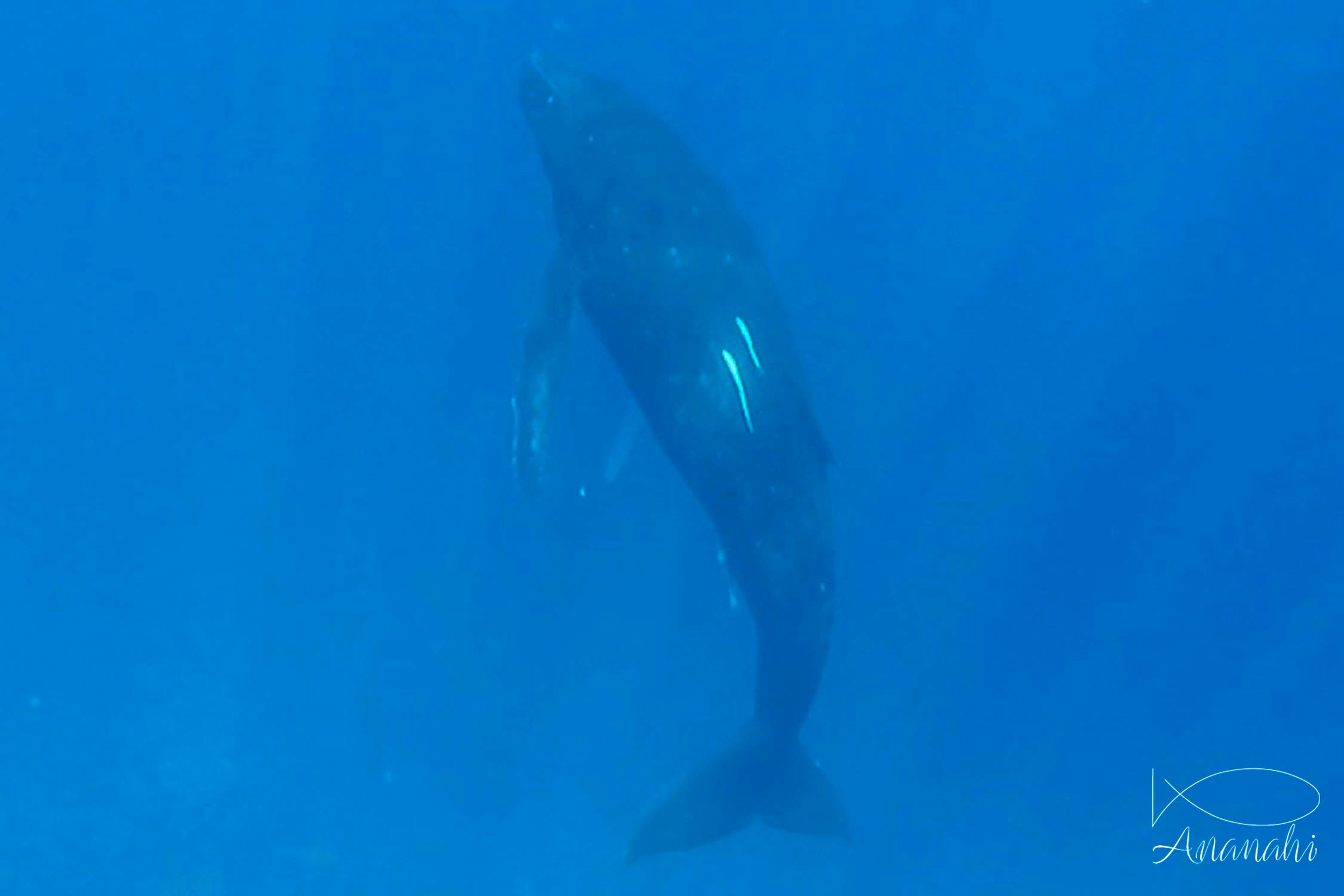
The tiger shark has slender marks similars to the lines of tigers, hence its name.
When it is juvenile, these marks are round and not vertical. They change when it grows.
Some sharks can stay motionless on the sand (white tips reef sharks, nurse sharks, etc.).
These sharks don't have to swim to bring oxygen to their gills like other sharks (grey, hammerheads tc.)
Parrotfish create a protective envelope around them when they are sleeping.
So, don't put the light on them during night dive to don't to wake them up and break this envelope.